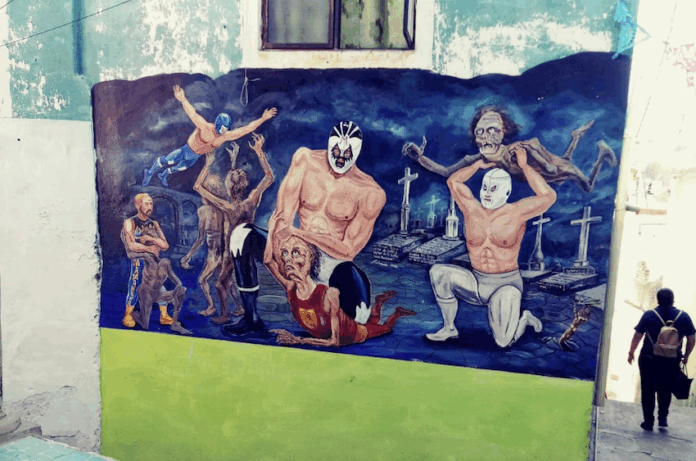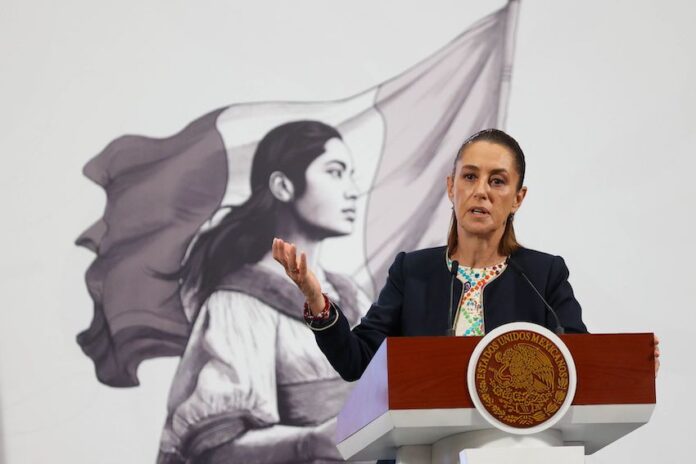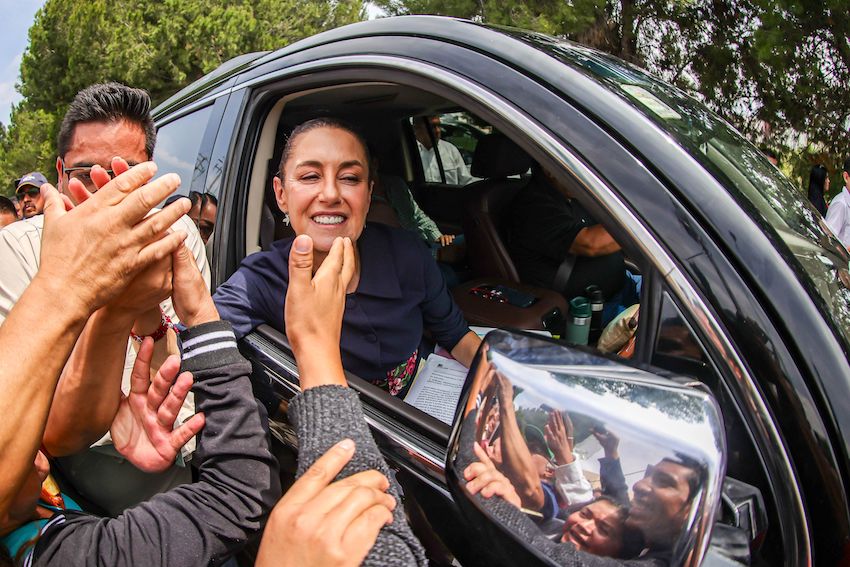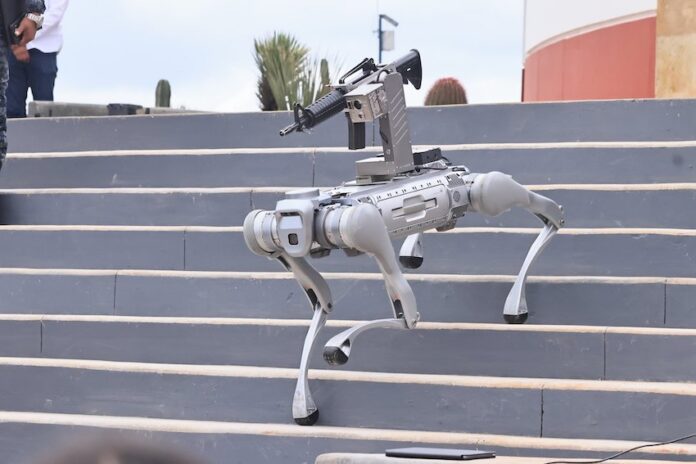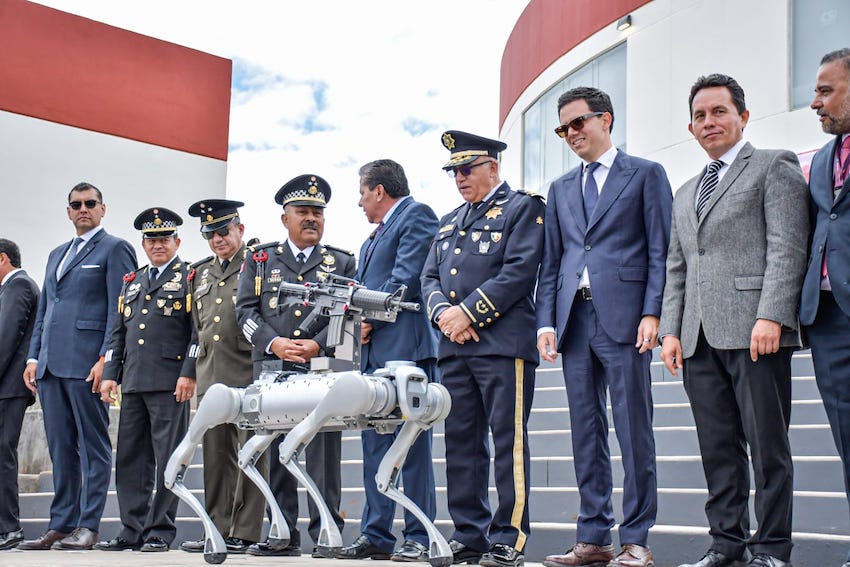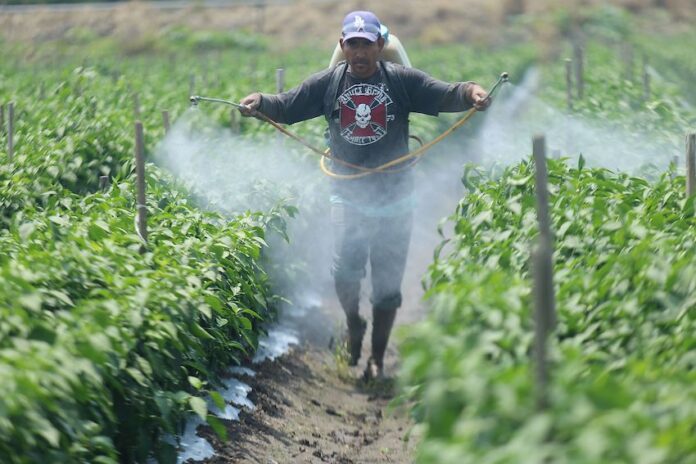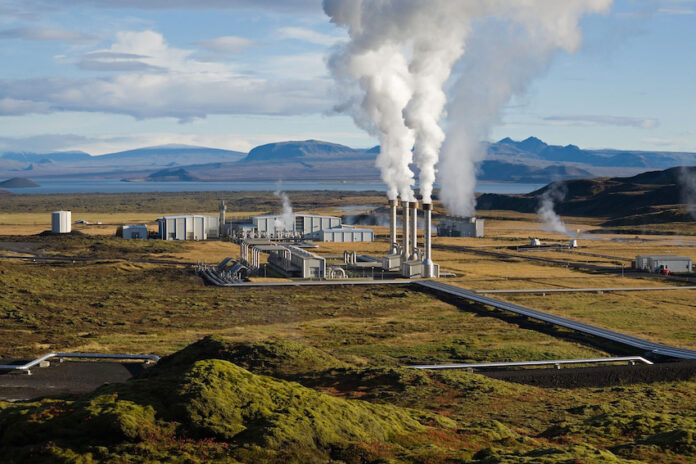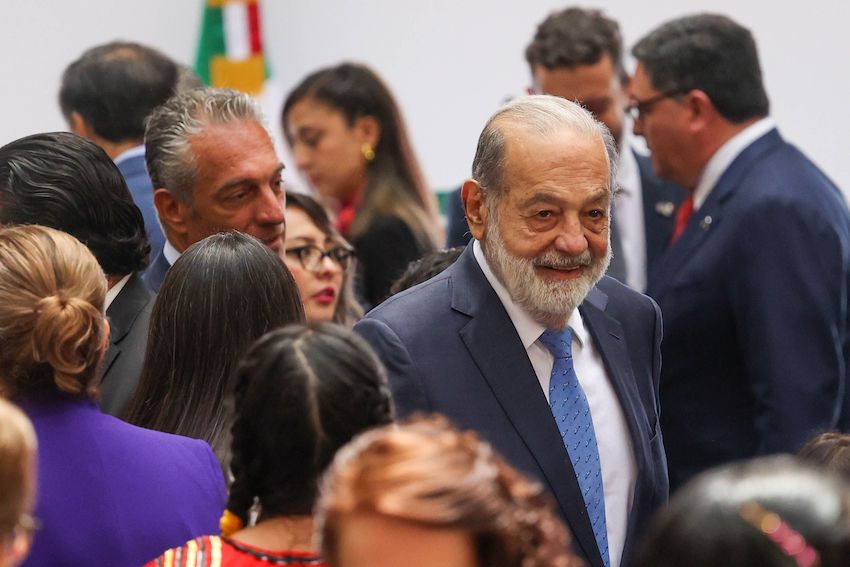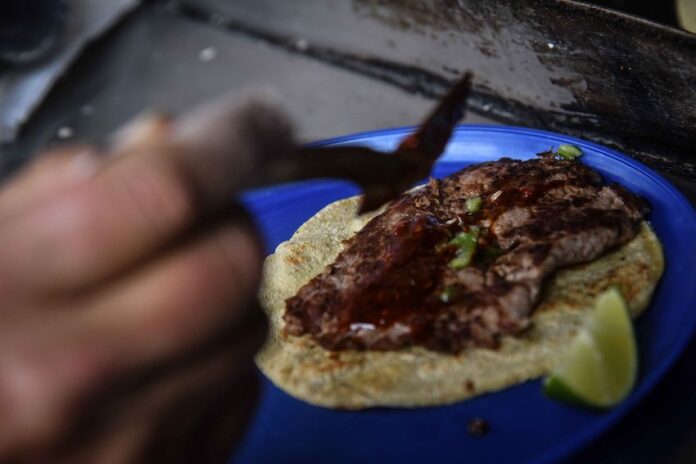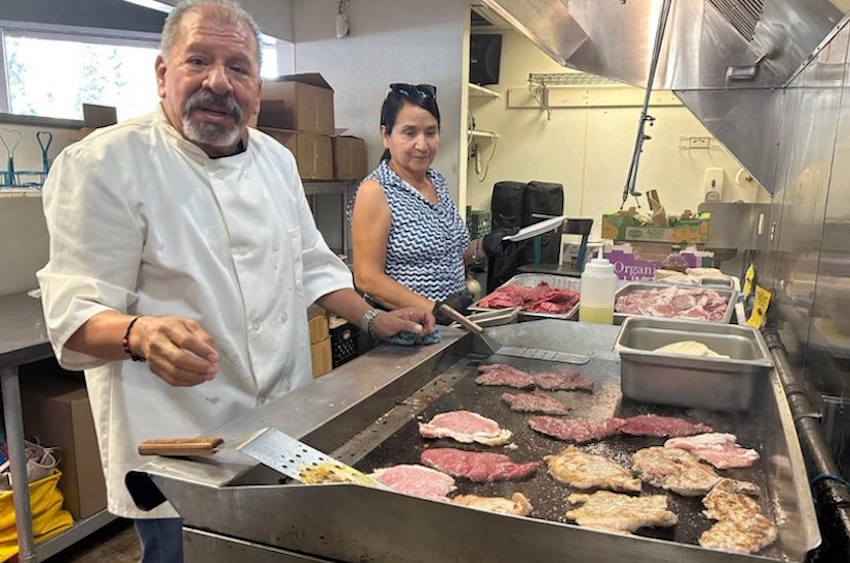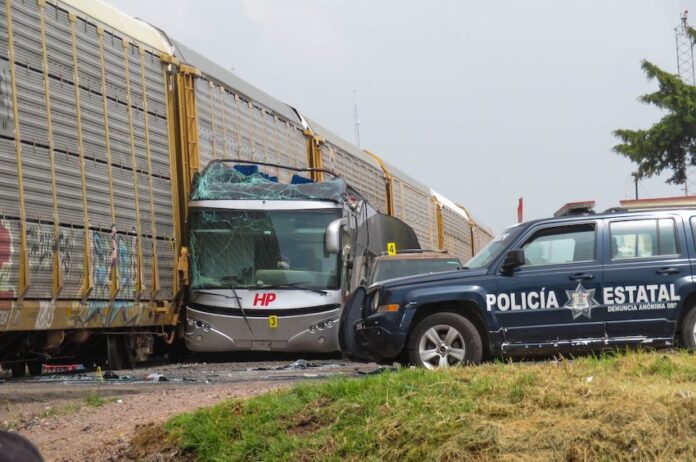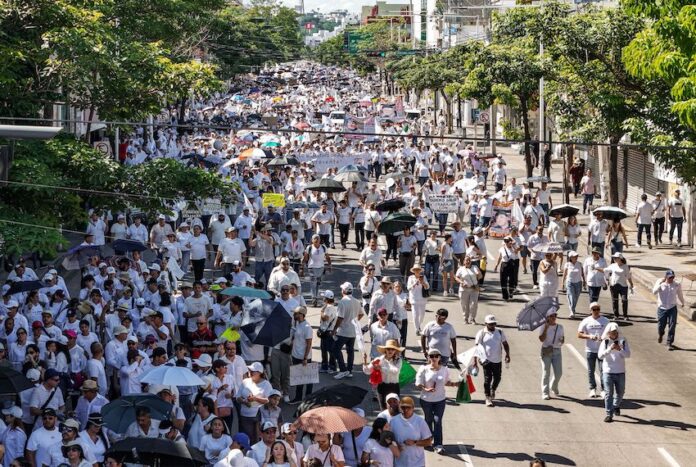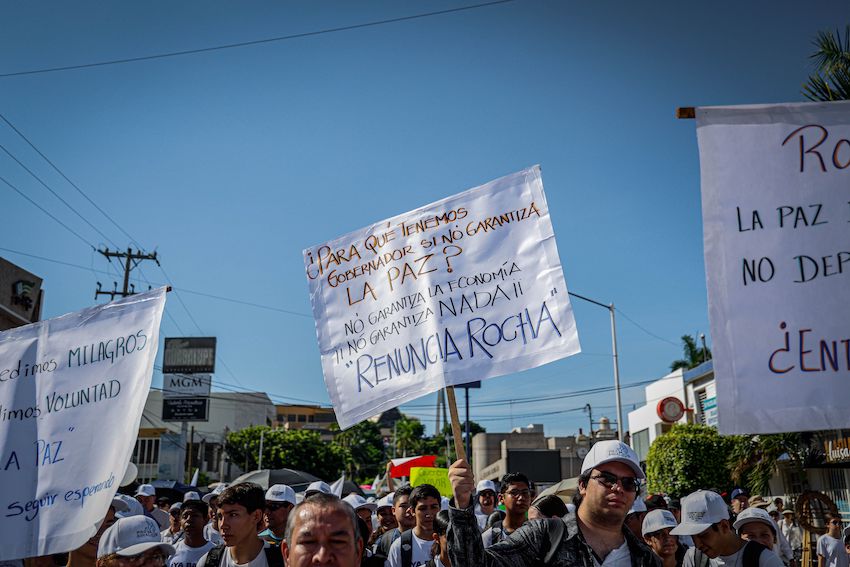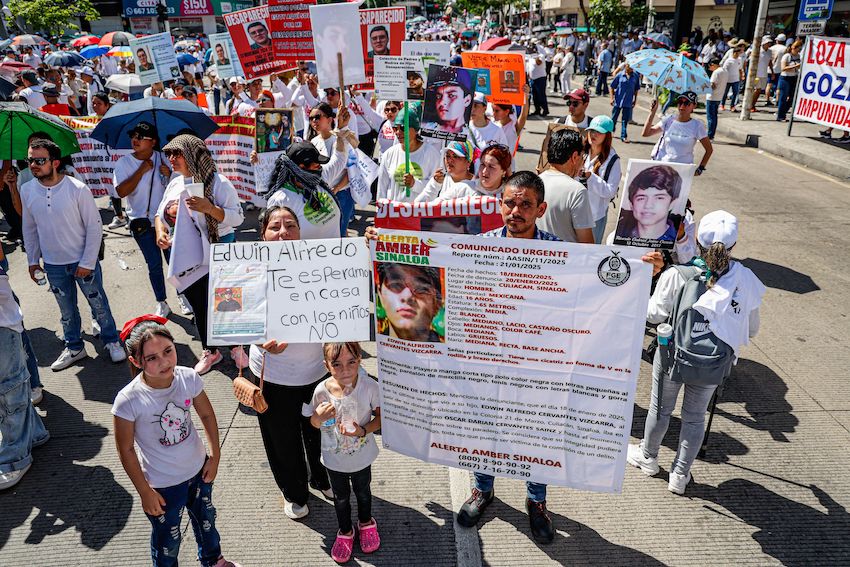I’m surrounded by murals of feathered warriors, dynamic Aztec women, and vibrant flowers. This tiny plazita in Guanajuato’s working-class Pardo neighborhood is a jungle of color, made even more attractive by a cluster of inviting benches and Guanajuato’s signature pink cantera stone pavement. I sit down on one of the benches and take photos, enjoying the unexpected rest after an hour of climbing steep alleys.
Although Guanajuato is famous for its landscaped squares, colonial architecture, and flower-filled lanes, this same charm and beauty do not extend to its poorer barrios, which can be littered with graffiti and trash. Pardo, a historic neighborhood of crisscrossing alleys on a hill above the Mercado Hidalgo, is not one of the instagrammable areas of the city, so this small plaza came as a delightful surprise to me. Ever since discovering it, I’ve taken locals and visitors to see this urban mini-retreat.
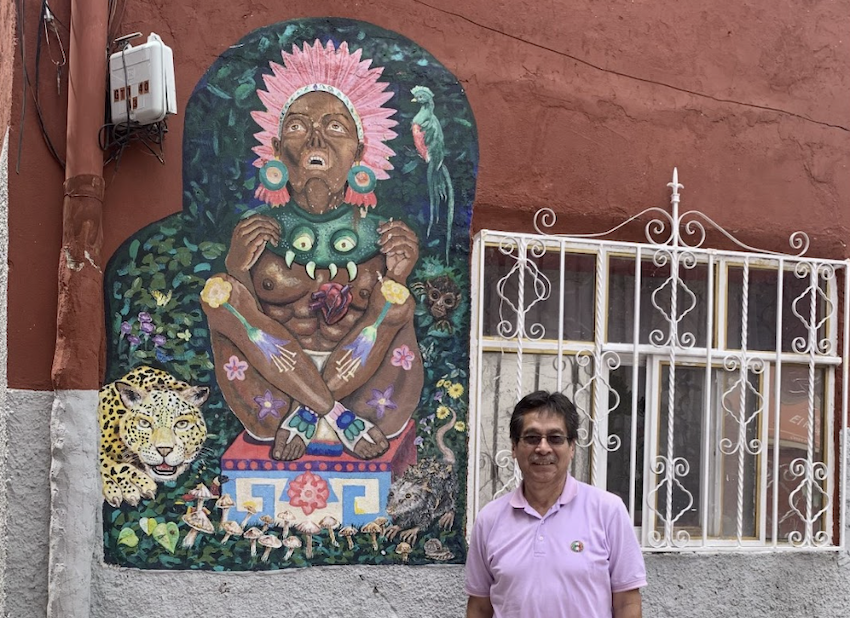
I recently learned that the murals, not only in the plazita but throughout the neighborhood, were part of a project called “Cuatro Vientos” (Four Winds), launched by a local resident and artist during the pandemic. “Cuatro Vientos” is the name of one of the alleys in Pardo.
In response to growing delinquency and crime, the residents had formed a committee to address the issue. The city had responded to their concerns by installing paving stones and benches in the plazita, but robberies continued.
At a “vigilancia” (neighborhood watch) meeting, one of the residents, Guillermo Torres, proposed painting artwork on the walls as a way to improve safety in the neighborhood. He suggested first covering any graffiti and gang propaganda on walls, followed by creating murals. Torres understood intuitively what urban sociologists have proven: that removing graffiti enhances a neighborhood by improving public safety, deterring vandalism, and fostering community pride. And although removing graffiti is an important first step, painting a mural is even better, because it makes the area feel welcoming and walkable.
However, the other residents at the meeting were skeptical. Although they knew Torres as a neighbor, they didn’t know he had worked as an artist throughout his career. Even Torres’ dad thought it was a waste of time and that gang members would soon cover the murals again with graffiti. When Torres asked the group who would be willing to offer their wall for a mural, no one volunteered. But finally one man raised his hand, and a project was born.
Torres grew up in the barrio, and still lives there, along with his parents and several siblings. He was drawing by the age of four. As an adult, he taught elementary school for two years, but spent most of his career working as a textbook illustrator. He developed mural experience when teachers would ask him to paint murals on their classroom walls.
Not long after Torres retired, COVID-19 hit. Painting murals in the barrio allowed him to get out of the house. In nine months between 2020 and 2021, working most days from 8:00 a.m. to 6:30 p.m., Torres created murals on 14 walls in the neighborhood.
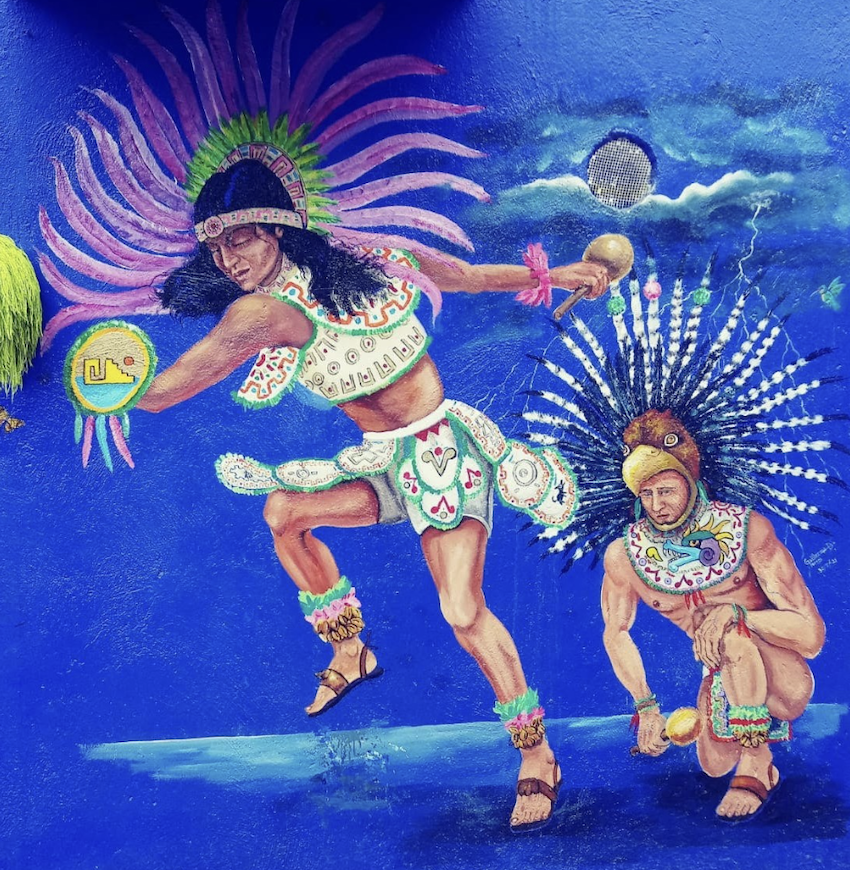
“The Cuatro Vientos Project rose from the need to improve the urban environment and to use art as a tool to deter crime,” Torres told me. “It made the artwork accessible to people from all social backgrounds, allowing them to appreciate it and feel a sense of ownership and belonging.”
Partnering with the families to decide what to paint on their walls, he established three criteria: A mural either had to describe the name and history of an alley; illustrate significant people who had lived or currently live in the neighborhood; or depict a film that had been staged near the barrio or in the city. One of the murals, for example, shows wrestlers from the 1972 film, “The Mummies of Guanajuato.”
In another vibrant mural, “Submission eagle warrior, dancing woman,” a young woman is dancing, while a jaguar warrior bends submissively behind her. Torres told me that the families living in this house had been dancers for more than a century.
A third mural depicts a mule loaded with firewood, with two black-skinned children on the ground next to it. Neighbors explained to Torres that several families had historically sold firewood and charcoal brought down from the hills by donkeys and mules. The muleteers dropped the loads on the ground where the children played, causing the kids’ clothes and skin to be covered in soot.
Torres volunteered all his services, including his materials. Because he didn’t want to put financial pressure on his neighbors, he never put out a donation basket, but contributions grew anyway, bit by bit. He spent about 9,500 pesos on the project, of which about 7,000 pesos came back in donations from locals and tourists.
Since the mural project began, safety has improved dramatically. The city provides security patrols in all 14 alleys, along with 24 security cameras. Neighbors report any suspicious activity through a WhatsApp group. Little graffiti can be seen on the alley walls.
Torres now offers occasional tours to interested visitors, continues to paint and teaches art to seniors in different parts of the city.
He is grateful that the project not only reduced crime but helped his neighbors appreciate art. Even his dad changed his mind. “He’d walk around and hear neighbors’ positive comments,” Torres said, smiling. “And then he’d say, ‘My son painted that!’”
Today, five years after the project began, Pardo remains a model of urban renewal.
Louisa Rogers and her husband Barry Evans divide their lives between Guanajuato and Eureka, on California’s North Coast. Louisa writes articles and essays about expat life, Mexico, travel, physical and psychological health, retirement and spirituality. Her recent articles are available on her website, authory.com/LouisaRogers
